Warning: Illegal string offset 'source_type' in /home/mychutej/public_html/blog/wp-content/plugins/egany-facebook-to-wp/egany_facebook_to_wordpress.php on line 1099
This question made the rounds of international news feeds inthe last days of 2014, when a ScottishNurse, Pauline Cafferkey, cleared by airport screening at the Heathrow Airport, United Kingdom, came down with the Ebola infection. She had returned via a flight to Casablanca, Morocco from Sierra Leone, where she had been a volunteer with a Save The Children Hospital.
Nurse Pauline was cleared for flight to Glasgow, but complained of a raised temperature and had it checked six times afterwards and was declared fit to fly. She arrived home from the Glasgow Airport via taxi. The next day she complained of feeling unwell and was taken to the specialized Infectious Disease Unit, placed in isolation from where she was flown to the Royal Free Hospital. As of the time of writing, reports state that her condition is now critical.
In the last quarter of 2014 the UK joined the rank of nations with instituted airport screening protocols for travelers from affected countries.
“Passengers will have their temperature taken and complete a questionnaire asking about their current health, recent travel history and whether they might be at potential risk through contact with Ebola patients,” Health Secretary of the UK, Jeremy Hunt had told Members of Parliament.
“They will also be required to provide contact details. If neither the questionnaire nor the temperature reading raises any concerns, passengers will be told how to make contact with the NHS should they develop Ebola symptoms within the 21-day incubation period, and allowed to continue on their journey. It is important to stress that a person with Ebola is only infectious if they are displaying symptoms.”
This was after initial debate within the government on the merits of instituting temperature screening. Worthy of note is a study describing the role of airport screening, using epidemiological models, published here.
“In addition to identification of those individuals infected, entry screening allows health authorities to provide information to passengers arriving from West Africa, describes actions to take if they become unwell, and helps with follow-up,” the current study notes.
Concerns over the apparent slip of the nurse through the checks have raised questions about its effectiveness. Professor Dame Davies, Chief Medical Officer for England says,” it does raise a question whether we should be more precautionary. The risk that with no temperature, but that she came back, appears to have been very low. But that is why we look at what we do all the time to see should we be more precautionary.”
She said the NHS would “learn lessons” from its handling of Miss Cafferkey’s case.
No screening modality is perfect – statistics from the same study note that of 29 people infected with Ebola, 10 will be symptomatic and detectable. These are the targets of airport protocol. Of the 19 asymptomatic cases likely to leave the region, only one or two travelers will attempt to enter the UK with up to three attempting to enter the United States.
It is possible for a carrier to pass through airport screening undetected. That is because there is a 21 day period in which symptoms can develop. Herein lies the importance of post-airport monitoring for all travelers from the region.
A closing note, taken from the reference study, “Although entry screening could reduce the overall chances of Ebola being brought into a country, the most effective way to restrict its global spread is to control the disease at source in West Africa.”
Ria Evbuoma
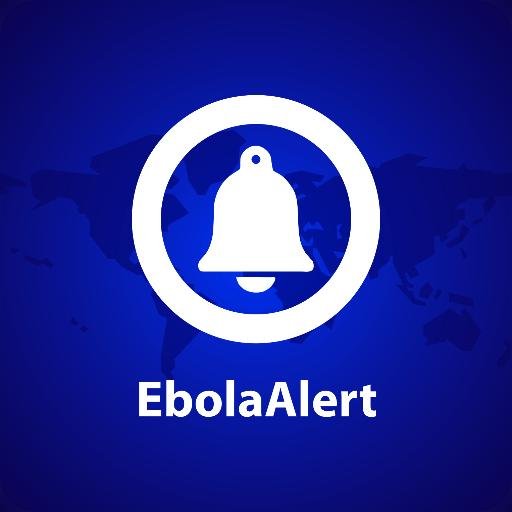
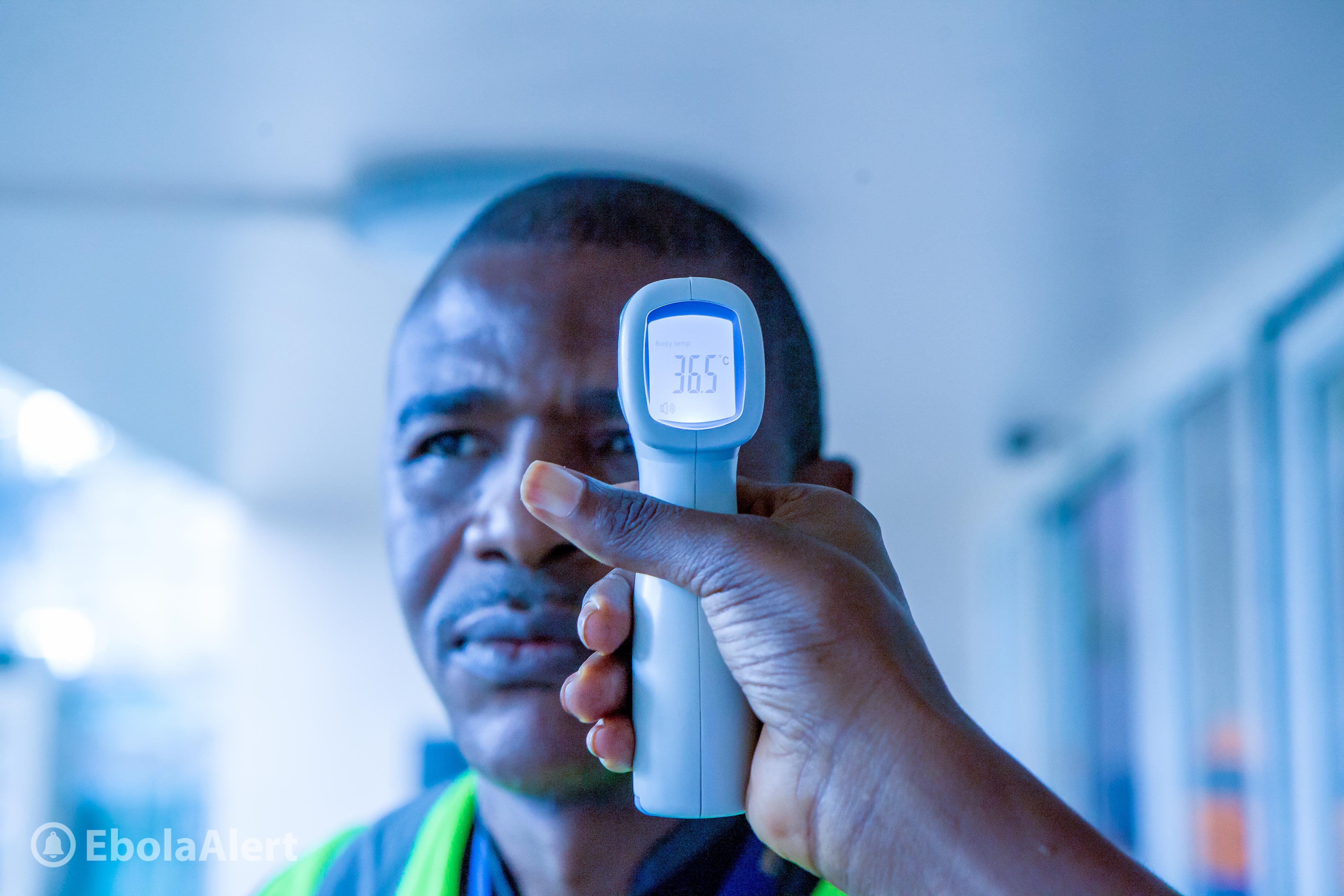
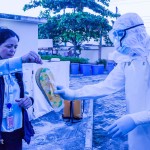
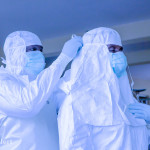

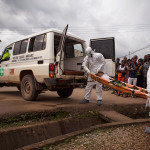







April 23, 2015 at 3:22 pm
Very nice and detailed good writen article i like it so much thank you for your efforts.
April 30, 2015 at 10:44 pm
A user can click on on ‘start a hang out’ which makes him visible to everyone the folks in the
social circles and send them a notification that their friend is chilling
out and so they will then join the concept out and begin a
youtube video chat in a private chat room. Collateral losses for Google are actually reflecting
China’s angry reaction following the search results made its announcement; news media reported to date that Chinese mobile
phone companies will drop Google or Android, its new mobile operating system.
But, its to soon to conclude between Facebook and Google+.
May 4, 2015 at 5:21 am
work from home mom
May 4, 2015 at 4:43 pm
Always take a healthy snack with you to work or whenever you are out.
Including snacks and even one bit of food, because after the week if you take a look at
food diary, you may well be shocked at how much food you consumed.
Drink Water– The only liquid you must drink is water.
May 5, 2015 at 3:55 am
You have done everything “white hat” and
you are finally being rewarded. If you need your article being on-page considered one of 16,500,000,
“make money online” isn’t the best keyword to use.
These notifications may help you manage your brand
better and provide you with specifics of the competition, industry and potential new business.
May 5, 2015 at 10:22 pm
We have to have a different perception to see why you have our stuckness.
There are portable finders just like the Fishin’ Buddy Series
and also the Smart – Cast series. Because the rapid flutter of their
tiny wings, hummingbirds attract people.
May 9, 2015 at 1:56 pm
What’s up to every one, as I am genuinely keen of reading this webpage’s post to be updated regularly.
It carries good material.
May 12, 2015 at 3:40 pm
Maintain the good work ethic.
May 18, 2015 at 11:53 am
Whatever you’re doing to write this content, keep it up. Your writing is interesting and I think you’re right on track with your views. I know you put a lot of effort into your work.
May 19, 2015 at 3:31 am
It is unusual for me to find something on the cyberspace thats as entertaining and fascinating as what you have got here. Your page is sweet, your graphics are outstanding, and whats more, you use reference that are relevant to what youre saying. Youre definitely one in a million, man!